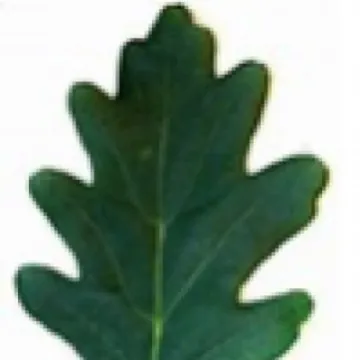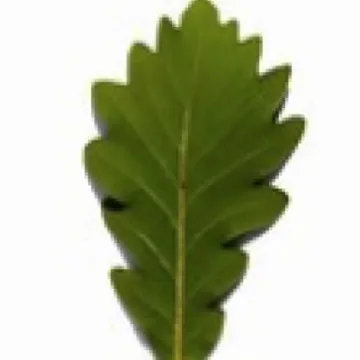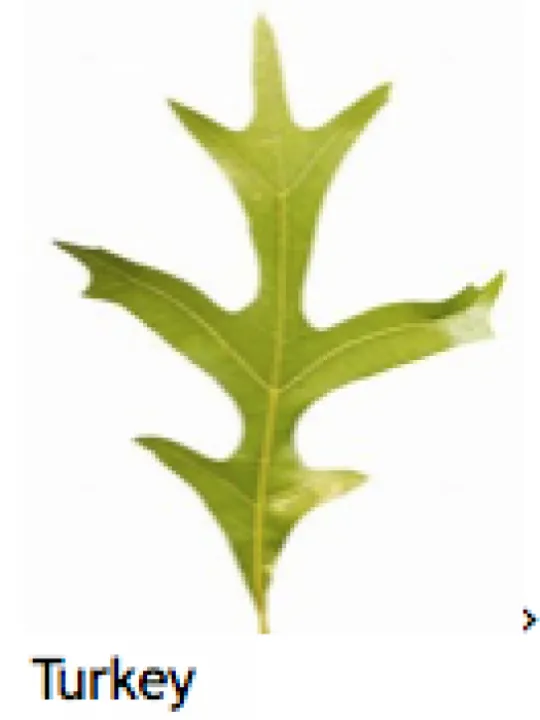



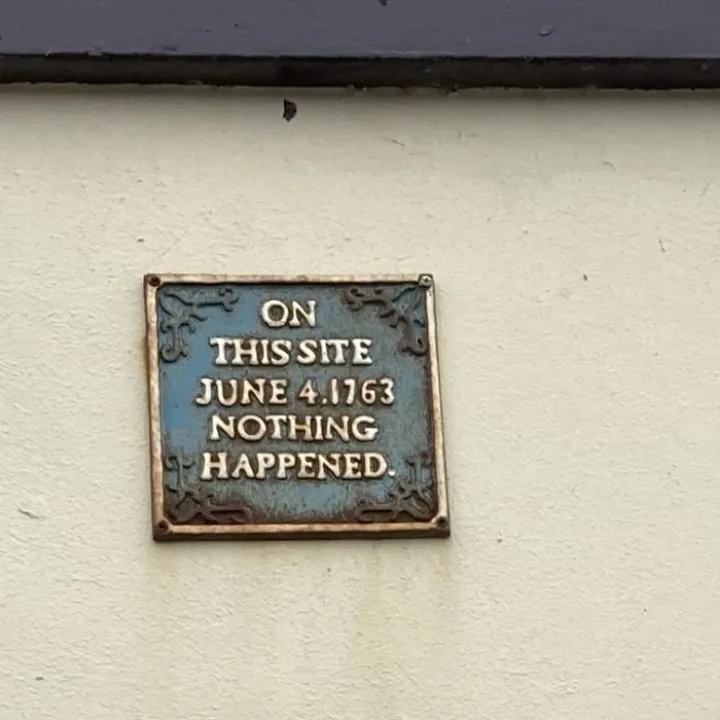


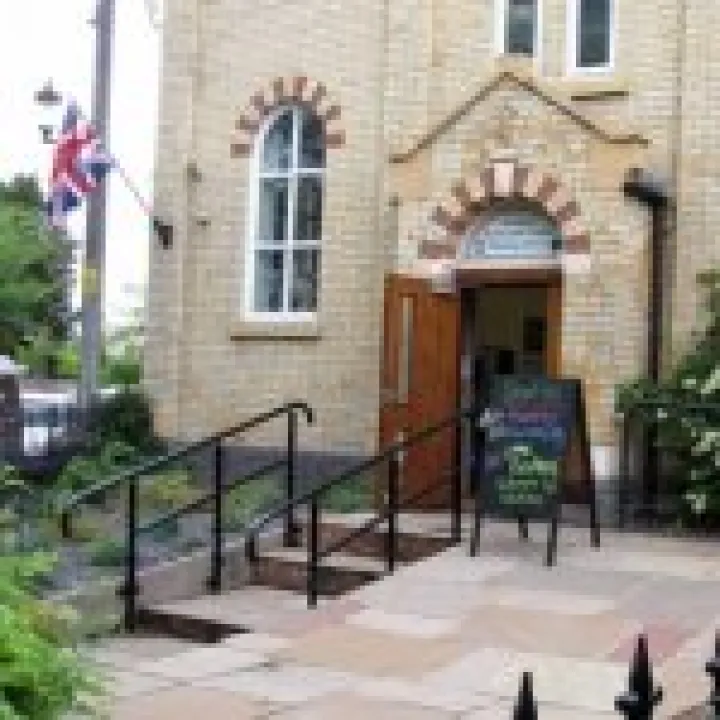
Tree-mendous by Adrian Leighton
In my last jotting I posed the question of why some of the Oak trees were already in Autumn and Winter mode and others were still resolutely in Summer apparel. This reminded me of my son vying with his school mates as to who could last longest in summer shorts in the Autumn term.
In conversation, someone said perhaps there are different types of Oak trees in the field. I haven't been much of a tree person in the past except for admiring their stature and beauty. I can just about tell my Ash from my Sycamore. However, it got me looking at the Oaks and frankly I couldn't see much difference. In such a situation its good to turn to " a man who can or at least knows". Such a person I found in the Tree Survey that was carried out on the trees in Turnpike Fields when the land was purchased. This survey can be seen on the Turnpike Fields site on Audlemonline.
There, I found that all the trees in the fields have been listed together with details about them. What this reveals is that we have not one but three types of Oak Tree in the fields, The majority are English Oaks, but there are also Sessile Oaks and Turkey Oaks. To be precise we have 13 English Oaks, 10 Sessile Oaks and 3 Turkey Oaks, So what's the difference? When you start to look there are three things to look at – the tree itself, the leaves and the acorns.
If you look at the different trees you will see that there is a only a little difference in their shape.
However,If you scurry around under the trees you will see that there is a difference in the shape of the leaves.
The English Oak leaf has a very short stalk, hidden by two small leaves known as "ears" at the base of the leaf. The acorn has a long stalk or "peduncle", hence the alternative name of Pedunculate Oak.
The Sissile Oak has a long stalk but the acorns have no stalk but sit in a clump on a shoot or "sissile", as botanists like to say. It is also known as the Durmast Oak, a name that is possibly related to the feeding of pigs on acorns and beechnuts, known as 'mast.
The Turkey Oak was introduced from Southern Europe in 1735 as a faster growing timber. However it was found to be rather brittle, by which time birds and animals had helped it scatter throughout the country. Its leaves look as if they have had bits cut out of them, like a turkey's foot, hence its name, and the acorns have a whiskered cup.
So how old are the trees? The basic categories for grown trees are "Ancient" (400 years or more)," Veteran" (150-300 years old) and "Mature" (50-150 years old). These categories are based on girth, height, shape and general condition. Most of the Oaks in the field are in the "Mature" category but we do have 4 in the "Veteran" class. A description of a "Veteran" tree is " a mature specimen showing signs of decay", which is a description a bit too close for comfort!
The Tree Survey gives a list of all the trees in an Appendix with details about them and also a map of where the trees are on the field.
So what have our "Veterans" seen in their lifetime from an acorn buried in the ground? Now, a project for our History Society members might be to produce a timeline of Audlem for us of ,say, the last 250 years, from the viewpoint of our "Veterans".
Meanwhile let's just revel in these marvels of nature. Why not go and give one a hug, hugging being in short supply at the moment!
Get In Touch
AudlemOnline is powered by our active community.
Please send us your news and views using the button below:
Email: editor@audlem.org


